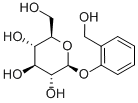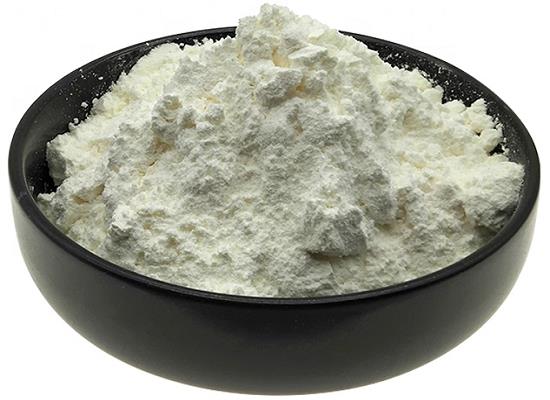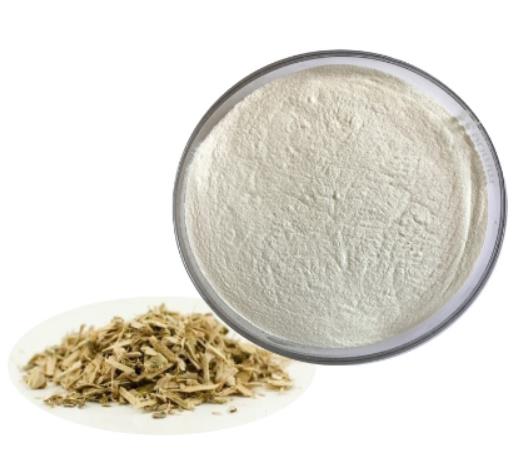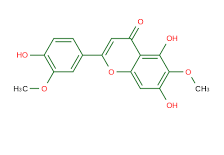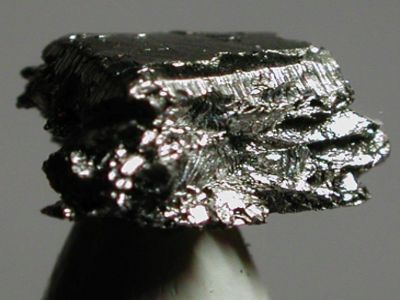Inhibition of D(-)-Salicin
Salicin is an alcoholic β-glucoside. Salicin is produced in (and named after) willow (Salix) bark and acts as an anti-inflammatory agent in the human body. Salicin is also commonly found in the bark of Populus species, and the leaves of willows and poplars. It is also found in castoreum, which was used as an analgesic, anti-inflammatory, and antipyretic.
The activity of castoreum has been credited to the accumulation of salicin from willow trees in the beaver's diet, which is transformed to salicylic acid and has an action very similar to that of aspirin. Salicin was the historical origin of aspirin and is chemically related to it. When consumed, the acetalic ether bridge is broken down. The two parts of the molecule, glucose and salicyl alcohol, then are metabolized separately. By oxidizing the alcohol function the aromatic part finally is metabolized to salicylic acid. Salicin tastes bitter like quinine.
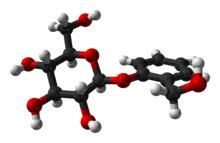
D(-)-Salicin is a traditional medicine which has been known to exhibit anti-inflammation and other therapeutic activities, it can inhibit the LPS-induced inflammation in RAW264.7 cells and mouse models.
METHODS AND RESULTS
The present study aimed to investigate whether D(-)-Salicin inhibited the LPS-induced inflammation in vivo and in vitro. We evaluated the effect of D(-)-Salicin on cytokines (TNF-α, IL-1β, IL-6 and IL-10) in vivo and in vitro by enzyme-linked immunosorbent assay and signaling pathways (MAPKs and NF-κB) in vivo by Western blot. The results showed that D(-)-Salicin markedly decreased TNF-α, IL-1β and IL-6 concentrations and increased IL-10 concentration.
In addition, western blot analysis indicated that D(-)-Salicin suppressed the activation of MAPKs and NF-κB signaling pathways stimulated by LPS. To examine whether D(-)-Salicin ameliorated LPS-induced lung inflammation, inhibitors of MAPKs and NF-κB signaling pathways were administrated intraperitoneally to mice. Interference with specific inhibitors revealed that D(-)-Salicin-mediated cytokine suppression was through MAPKs and NF-κB pathways. In the mouse model of acute lung injury, histopathologic examination indicted that D(-)-Salicin suppressed edema induced by LPS.
So it is suggest that D(-)-Salicin might be a potential therapeutic agent against inflammatory diseases.
You may like
Related articles And Qustion
Lastest Price from D-(-)-Salicin manufacturers

US $1200.00-1100.00/ton2025-10-15
- CAS:
- 138-52-3
- Min. Order:
- 1ton
- Purity:
- 99%
- Supply Ability:
- 1000T/M

US $690.00/g2025-06-01
- CAS:
- 138-52-3
- Min. Order:
- 1g
- Purity:
- 99 %
- Supply Ability:
- 5000 Kg
